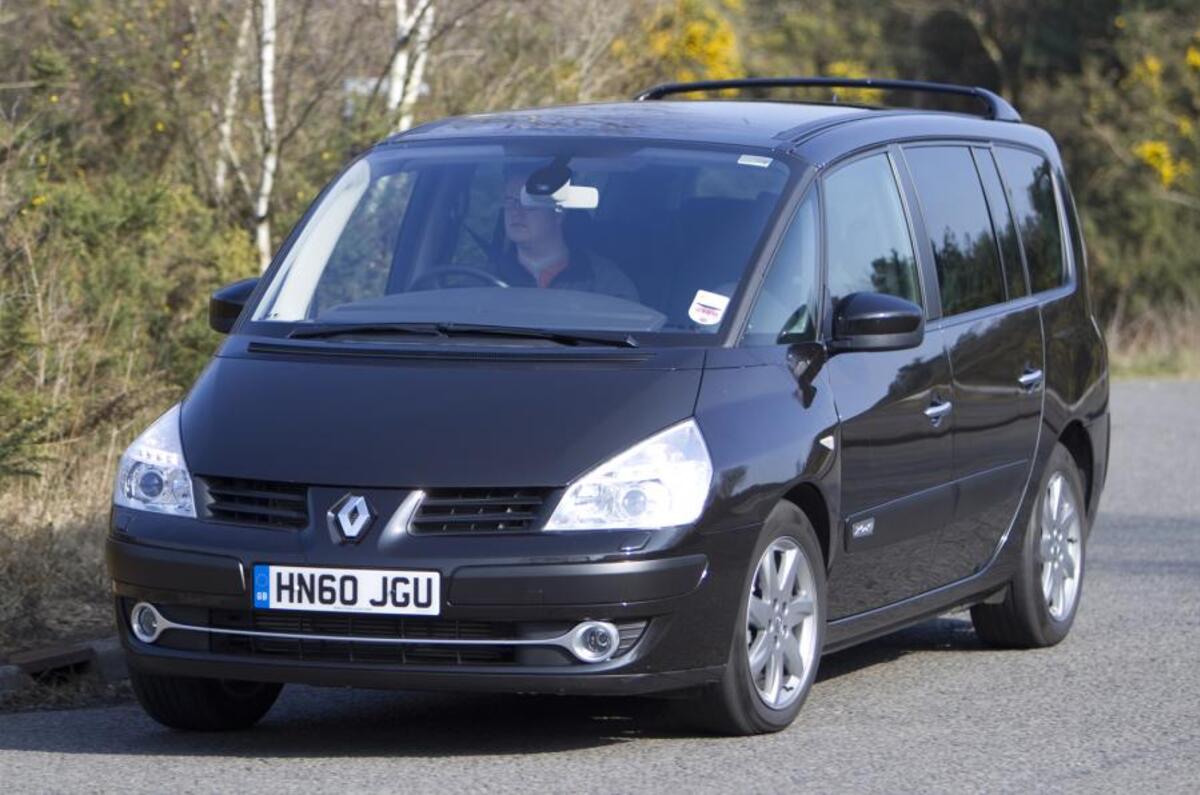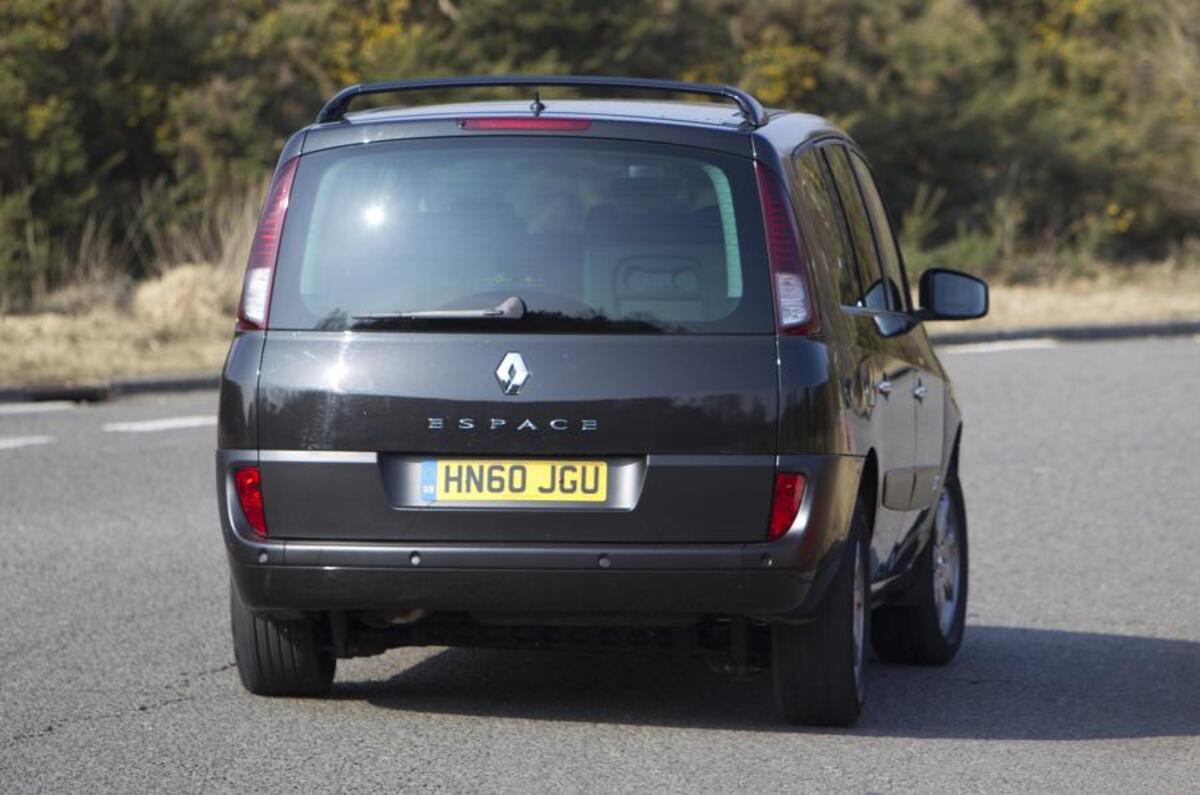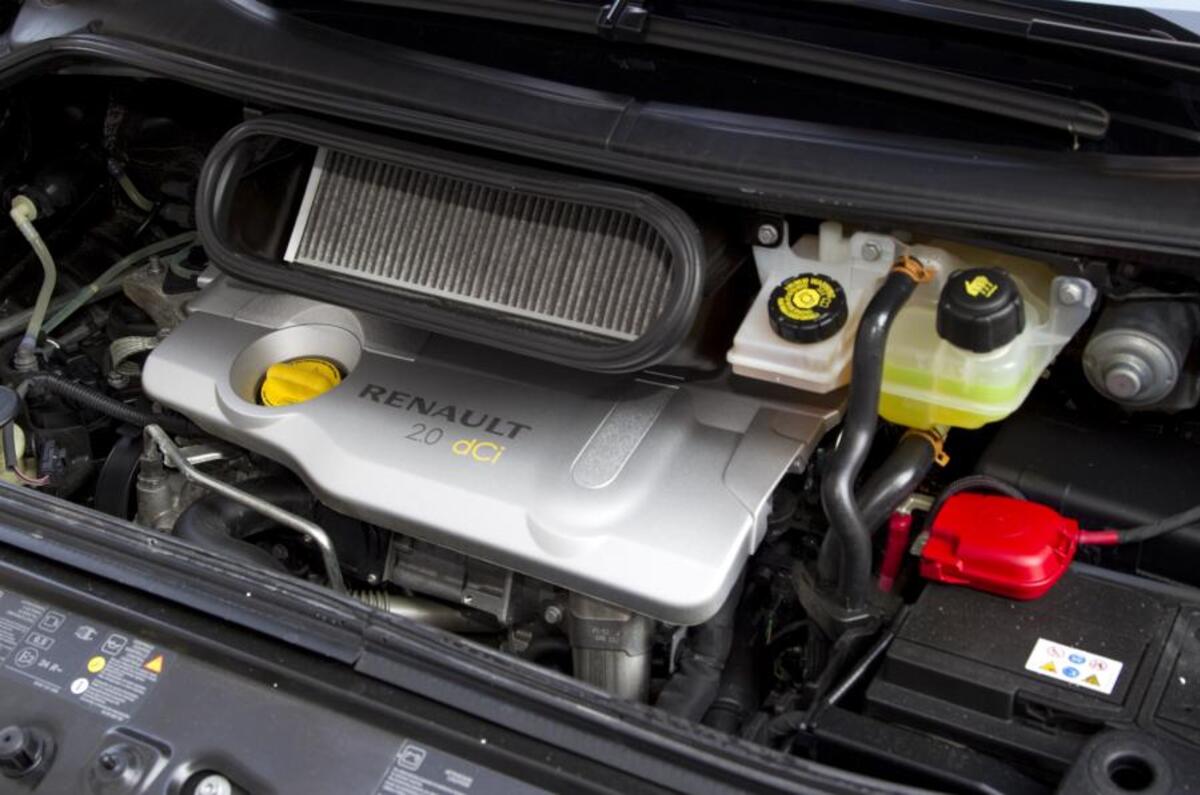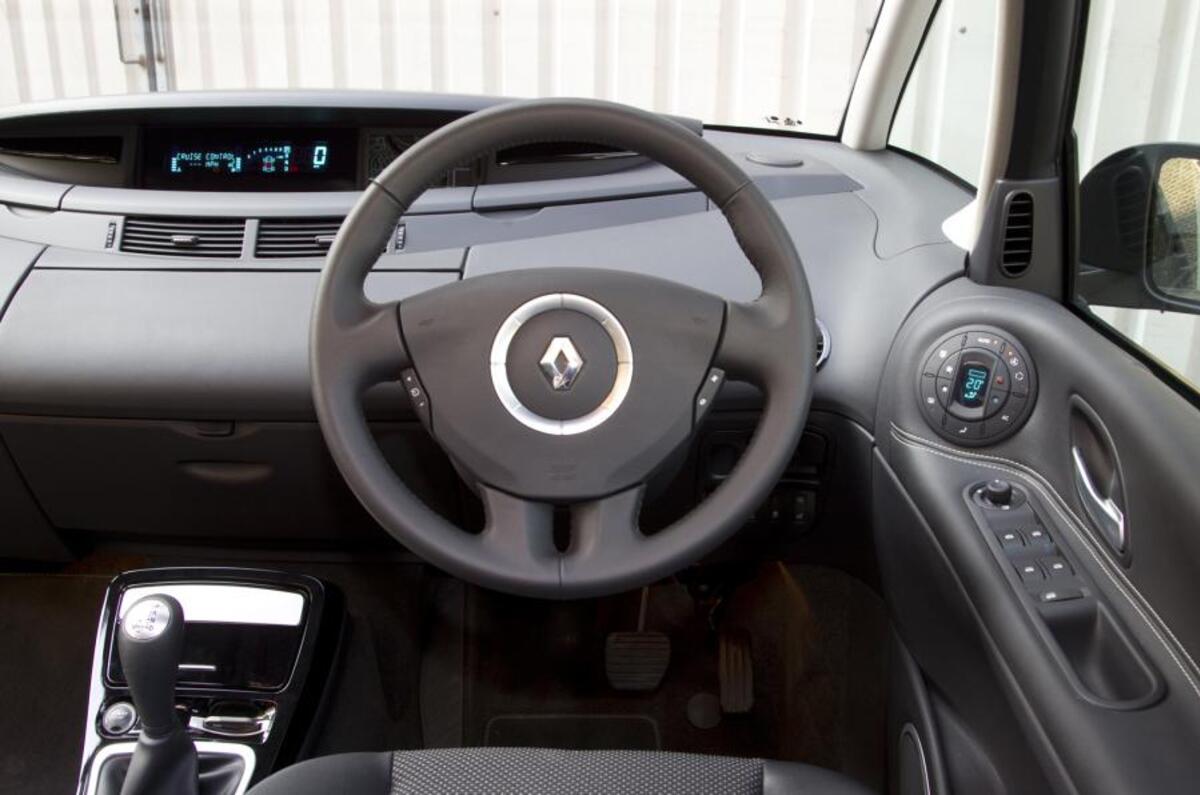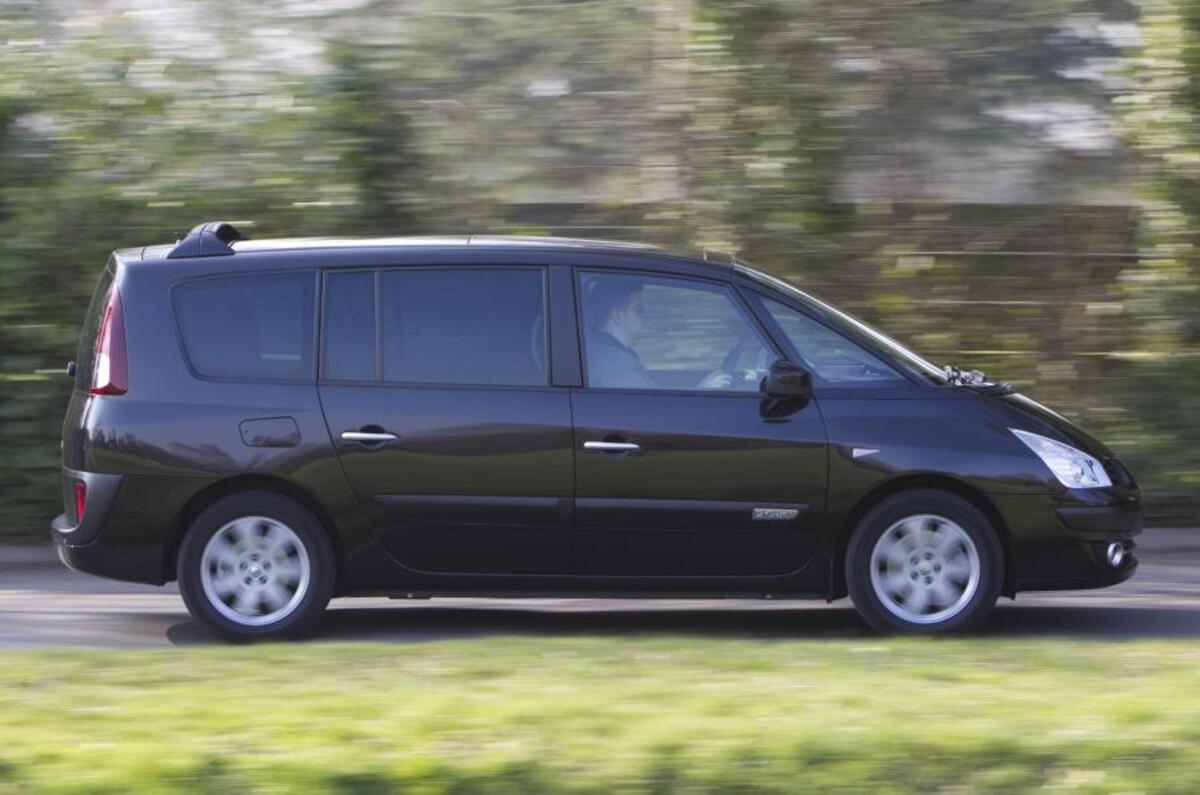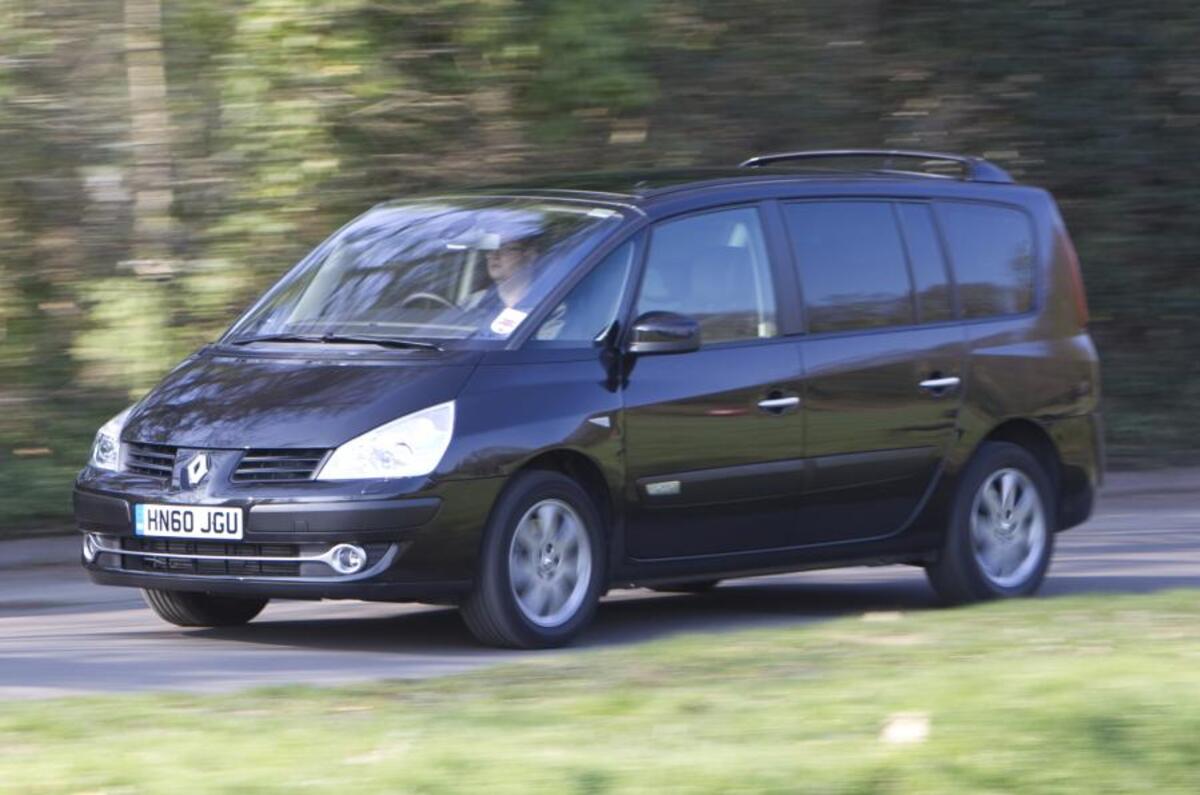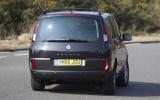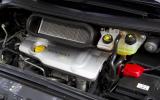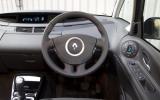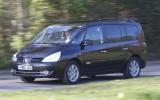This is the recently facelifted Renault Grand Espace. The French firm has seen fit to leave its popular and class-defining Espace MPV largely well alone in recent years, and so it is that this latest version appears largely unchanged from its immediate predecessors.
What we get are minor exterior styling changes, EU-compliant LED daytime running lights and a revised 2.0-litre dCi engine now available in both 148bhp and 173bhp forms, each with improved economy and emissions figures: 170g/km and 43.5mpg combined for the 148bhp manual-only version, and 189g/km and 39.2mpg for the 173bhp six-speed auto as tested. TomTom’s integrated live update sat-nav is now standard across the range.
Broadly speaking, it’s a case of as you were. Everything that has stood the Grand Espace in such good stead remains, so you get a comfortable driving position, a bright, spacious cabin and space for five rear passengers with individually sliding, tilting and folding middle row and rear seats which can also be completely removed for extra luggage and load space.
Kids will be more than comfortable in the back, but bear in mind that a relatively high floor means that adult passengers, even in the middle row, may not be so well accommodated.
But it’s the Espace’s innovatively styled minimalist dash, its relaxed, loping ride and uniquely pleasant interior ambience that set the car apart. Only the odd muted crash-thump is heard in the cabin, while road noise is at a minimum on all but the harshest surfaces.


